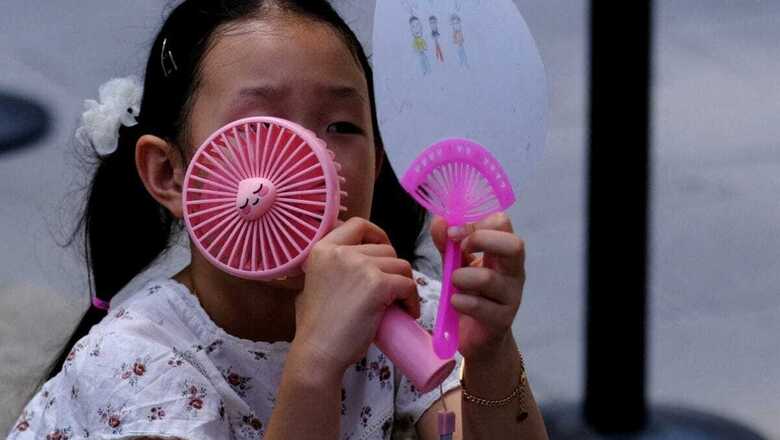
views
The United Nations has warned that about 460 million children in South Asia, which includes countries like India, Pakistan, and Afghanistan, are already facing dangerously high temperatures as the impact of climate change grows.
This means that 3 in 4 children (76 percent) in South Asia are already exposed to extremely high temperatures compared to only 1 in 3 children (32 percent) globally, the UN children’s agency said in a release on Monday.
“With the world at global boiling, the data clearly show that the lives and well-being of millions of children across South Asia are increasingly threatened by heat waves and high temperatures. Countries in the region are not the hottest in the world right now but the heat here brings life-threatening risks for millions of vulnerable children,” said Sanjay Wijesekera, UNICEF Regional Director for South Asia.
“We are particularly concerned about babies, toddlers, malnourished children and pregnant women as they are most vulnerable to heat strokes and other serious effects,” he added.
July was the hottest month ever recorded globally, raising further concerns about a future where children, including those living in South Asia, are expected to face more frequent and severe heatwaves, largely due to climate change.
Children in Afghanistan, Bangladesh, India, Maldives and Pakistan are at “extremely high risk” of the impacts of climate change, defining extreme high temperatures as 83 or more days in a year over 35 degree Celsius, according to the UN.
Children cannot adapt as quickly to temperature changes and are not able to remove excess heat from their bodies. “Young children simply cannot handle the heat,” added Wijesekera. “Unless we act now, these children will continue to bear the brunt of more frequent and more severe heatwaves in the coming years.”
Even during the rainy season, excessive heat poses serious risks for children in South Asia. Their inability to quickly adapt to temperature changes can lead to symptoms like higher body temperature, rapid heartbeat, severe headaches, and confusion.
According to the UN, young children may suffer from cramps, organ failure, dehydration, fainting, and coma, while infants may experience poor mental development.

















Comments
0 comment